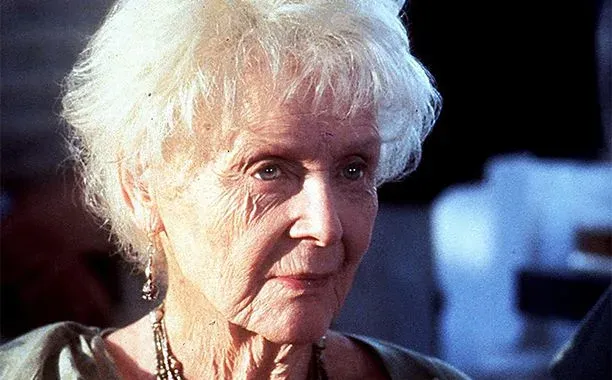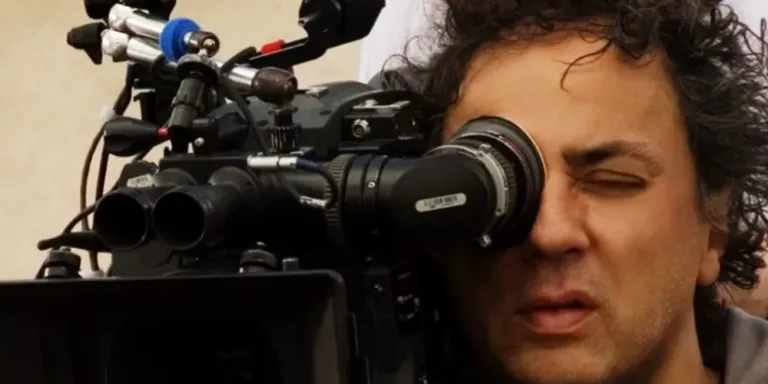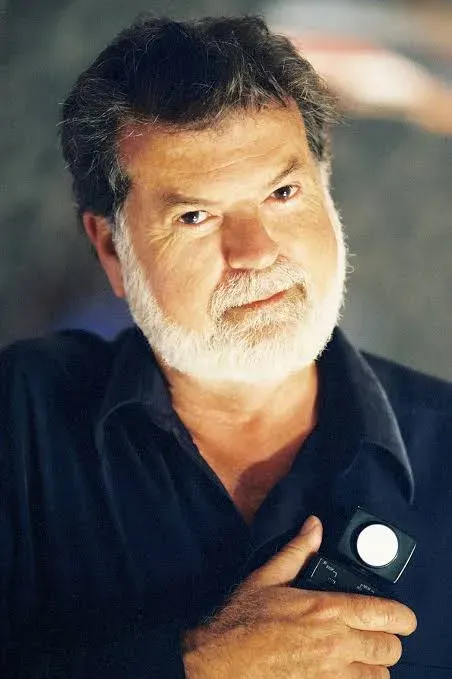Hedy Lamarr
Hedy Lamarr, born as Hedwig Eva Maria Kiesler on November 9, 1914, in Vienna, was one of the most fascinating and multifaceted figures of the twentieth century. Her life, characterized by talent, beauty, and intelligence, spanned between acting and technological innovation, leaving an indelible mark on both fields.
Starting her career in cinema in her native country, Hedy gained international fame with her controversial role in “Ecstasy” (1933), a film that challenged the moral standards of the time. Her extraordinary beauty and on-screen presence quickly elevated her as one of Europe’s most acclaimed divas.
However, her life took a significant turn when, in 1937, she married the tycoon Armand Lederer and fled with him to the United States. In Hollywood, Hedy was warmly welcomed and quickly became a cinematic icon. Her career saw moments of great success with films like “Algiers” (1938) and “Boom Town” (1940), but it was her off-screen intelligence that further distinguished her.
During World War II, Hedy Lamarr, alongside inventor George Antheil, developed a secret communication system called “spread spectrum,” a technology that would become crucial for wireless data transmission. This contribution to technological innovation, though initially underrated, was later recognized as a fundamental precursor to modern Wi-Fi and Bluetooth.
Despite her extraordinary scientific abilities, Hedy continued to act over the years, but her career experienced ups and downs. Her personal life was marked by numerous marriages and divorces. Toward the end of her cinematic career, Hedy spent much of her life in relative isolation, but her contribution to technological innovation eventually received the recognition it deserved.
Hedy Lamarr, with her extraordinary beauty, artistic talent, and brilliant intellect, epitomized a golden age of Hollywood and left a lasting impact on the history of cinema and technological innovation. Her complex and multifaceted life testifies to the possibility of excelling in different fields, leaving a legacy that extends beyond the Hollywood spotlight.
Hedy Lamarr experimented with a variety of film genres during her career, including dramas and suspense films. One of her most notable dramatic films is “Algiers” from 1938, in which she starred alongside Charles Boyer. Directed by John Cromwell, the film is a remake of the French film “Pepe le Moko” and received wide acclaim for its engaging plot and the actors’ performances.
While Lamarr was often associated with romantic and glamorous roles, she demonstrated her versatility in suspense films as well. A notable example is “Experiment Perilous” from 1944, a psychological thriller directed by Jacques Tourneur, in which Hedy portrayed the role of Allida Bederaux. The film is known for its gothic atmosphere and intricate themes, and Lamarr received praise for her performance.
Although she did not tackle specific horror roles, her career traversed different phases, allowing her to explore various film genres. Hedy Lamarr is nevertheless primarily remembered for her performances in romantic and dramatic films, along with her significant contribution to technological innovation.







